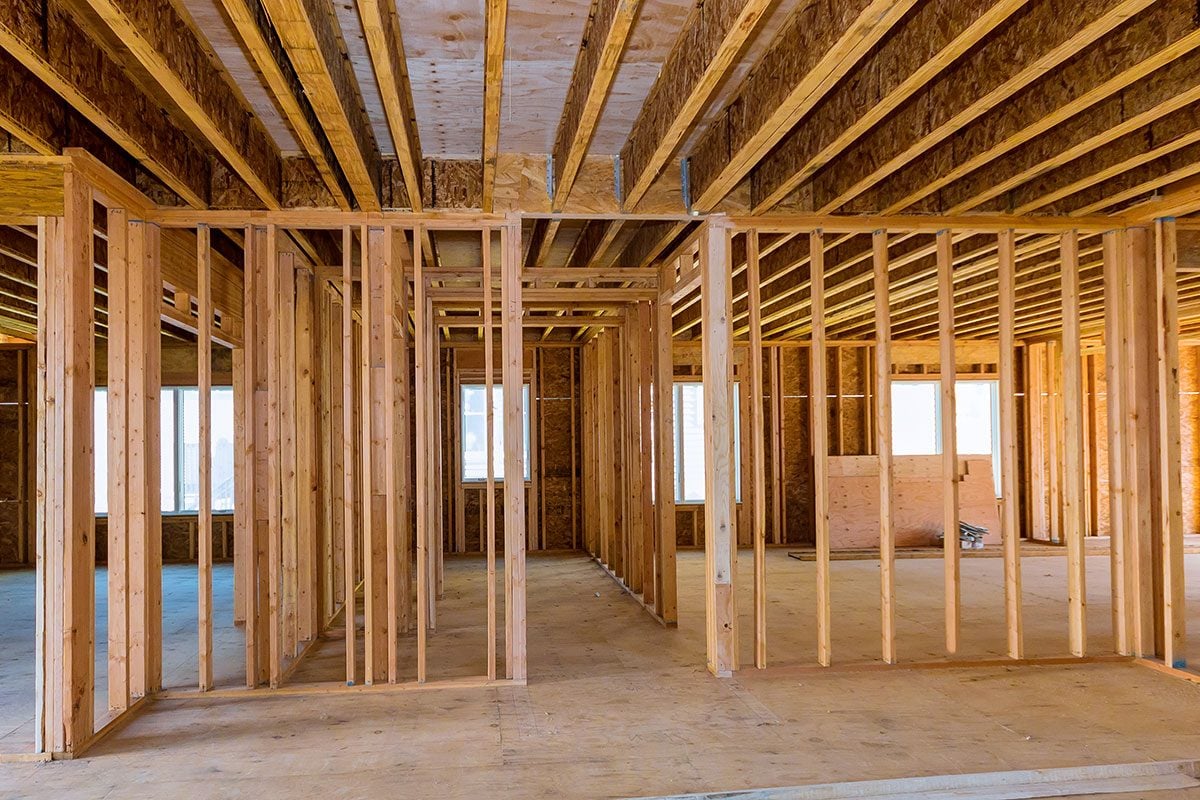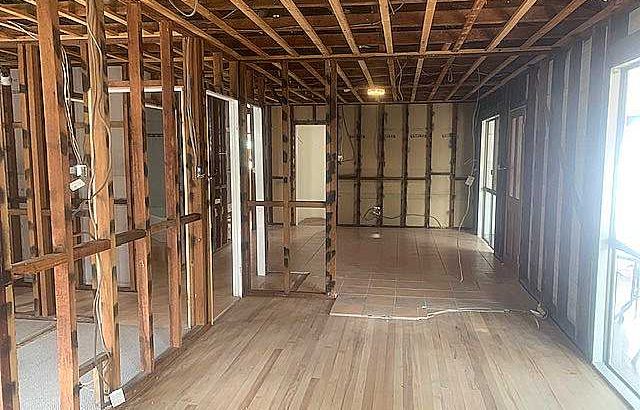When it comes to the structural integrity of a building, load-bearing walls play a crucial role. These walls support the weight of the structure and distribute it to the foundation, ensuring that your home or building remains stable and safe. Whether you’re planning a renovation or simply want to understand your home better, here are seven essential things to keep in mind when it comes to load-bearing walls.
1. Identifying Load-Bearing Walls
The first step in understanding load-bearing walls is to identify them in your structure. Load-bearing walls are typically positioned perpendicular to the floor joists or roof trusses. They often run through the center of a building to evenly distribute the weight. In most homes, exterior walls are almost always load-bearing, as they carry the weight of the entire structure. However, interior load-bearing walls can vary depending on the building’s design.
If you’re unsure which walls are load-bearing, it’s wise to consult with a structural engineer or an experienced contractor. They can help you identify these critical components.
2. Don’t Assume All Interior Walls Are Load-Bearing
While it’s true that many interior walls are load-bearing, not all of them serve this purpose. Homes often have non-load-bearing interior walls, which are primarily for division of space and have no structural significance. To determine whether an interior wall is load-bearing, consider the wall’s location, thickness, and any visible signs of support, such as beams or columns beneath it.
3. Consult with a Professional for Modifications
If you’re planning any renovations that involve load-bearing walls, it’s essential to consult with a professional engineer or contractor. Altering or removing load-bearing walls without proper structural support can have catastrophic consequences for your building’s stability. Professionals can assess your project and provide safe solutions, such as adding support beams or columns to redistribute the load.
4. Look for Load-Bearing Wall Clues
Load-bearing walls often leave clues to their importance. They may have thicker framing members, additional support beams or columns beneath them in the basement or crawl space, or they might run continuously from the foundation to the roof. These signs can help you identify load-bearing walls when considering renovations or modifications.
5. Be Cautious with Open-Concept Designs
Open-concept floor plans have become increasingly popular in modern home design. While they can create spacious and airy living areas, they often involve removing interior walls. When removing interior walls in an open-concept design, it’s critical to ensure that adequate structural support is in place. This may involve installing steel beams or other support structures to maintain the building’s stability.

6. Seek Proper Permits and Inspections
When dealing with load-bearing walls and structural changes, always obtain the necessary permits and undergo inspections. Local building codes and regulations exist to ensure the safety of your home and its occupants. Skipping this step can lead to costly fines and, more importantly, pose a safety risk.
7. Don’t Forget About Load-Transferring
Load-bearing walls not only support vertical weight but also transfer loads horizontally. This means they play a role in distributing the weight of the roof and upper floors to the foundation. When modifying or removing load-bearing walls, it’s crucial to understand how these loads will be transferred safely. This often involves the installation of appropriate support structures, such as headers, beams, or columns, to ensure that the structural integrity of your building remains intact. Consulting with a structural engineer can help you make informed decisions about load-transferring during renovations.
In conclusion, understanding load-bearing walls is fundamental to maintaining the structural integrity of your building. Identifying these walls, seeking professional guidance for modifications, and following proper procedures for renovations are essential steps in ensuring the safety and stability of your home. When it comes to load-bearing walls, it’s always better to be cautious and informed to protect your investment and the well-being of those who reside in or visit your property.



















